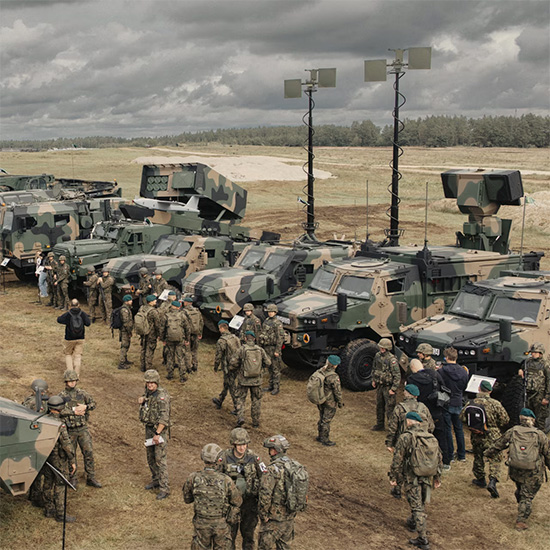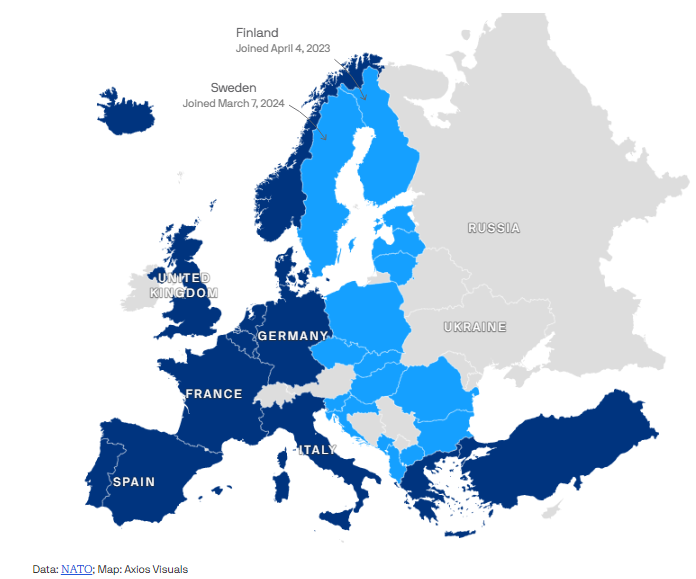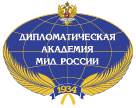 Last month, Polish troops and U.S. and Dutch forces undertook a series of war games called Iron Defender.
Last month, Polish troops and U.S. and Dutch forces undertook a series of war games called Iron Defender.
Photo: WSJ
Warsaw has doubled the size of its military since 2014 and boosted military spending to nearly 5% as Russia grows more assertive, ‘The Wall Street Journal’ writes.
Last month, Polish troops and U.S. and Dutch forces undertook a series of war games called Iron Defender.
For more than a decade, Poland has prepared for the worst-case scenario: “becoming the front line in a war between Russia and the West.”
Warsaw’s military planners built out the country’s armed forces, turning it last year into the largest European military in the North Atlantic Treaty Organization. It ramped up military spending to 4.7% of gross domestic product this year—the highest in the alliance. A multibillion-dollar spending spree has put Poland among the biggest buyers of U.S. weapons.
Russia’s moves make Polish policymakers nervous that they again are in the firing line — and this time Poland wants to be ready.
“This is our war,” Tusk said at the Warsaw Security Forum in September. “We decided to arm Poland and modernize the Polish army on a massive scale.”
Poland’s military spending has endeared it to both its neighbors on NATO’s eastern flank and to President Trump, who wants to see Europe take care of more of its own security needs. In a meeting with new Polish President Karol Nawrocki, Trump extended his backing to Poland in a way he has offered few other European countries.
“We are with Poland all the way and we will help Poland protect itself,” he said.
In a trip to the Polish capital earlier this year, U.S. Defense Secretary Pete Hegseth said Warsaw is “a model ally.”
At a defense ministry meeting, Putin poured cold water on the idea and said the West was scaring its own population with fears that Russia was ready to attack. Earlier this month, he said the idea of Russia attacking NATO was nonsense and that Europe should deal with its own problems of migration and violence before picking a fight with Russia.
The Kremlin, though, has asked Trump to withdraw NATO troops and weapons from Central and Eastern Europe back to where they stood before the bloc’s eastward expansion began in 1999. It made a similar demand of former President Joe Biden before the invasion of Ukraine, Western intelligence officials say.
Poland now has more than 210,000 military personnel, behind only the U.S. and Turkey in NATO. The first unit created after the reforms in 2018 was the 18th Mechanized Division, which is kept in a state of heightened readiness. Two more similar units are in the process of being formed. It has also created its territorial defense forces with tens of thousands of troops.
Training is a priority. Last month, 30,000 troops, including from the 18th Division and U.S. and Dutch forces, embarked on a monthlong series of wargames, named Iron Defender, which gave Polish troops a chance to train on their arsenal of old and new weapons. Those included U.S. Abrams tanks, South Korean multiple rocket launchers and a Polish variant of the U.S. High Mobility Artillery Rocket System, or Himars, which Ukraine has used against Russia.
Today, the country finds itself a cornerstone in NATO’s planning for a conflict with Russia, and a crucial partner for the smaller Baltic countries of the alliance’s eastern flank, Estonia, Latvia and Lithuania.
Geography plays an important role. Poland shares not only a border with the Russian exclave Kaliningrad, but also Belarus, a close Moscow ally now enmeshed in Russia’s defense infrastructure. Russia considers Belarus airspace its own, and its railroads can quickly transport Russian troops to the Polish border. Russia has deployed nuclear-capable tactical missiles in Belarus.
The task of building out Poland’s military has left it footing a massive bill. And while the country’s GDP growth for the next few years, expected around 3%, is higher than other European peers, the fiscal demands of maintaining the advanced weapons systems could outstrip Poland’s defense budget.
…The West has always believed it has every right to strengthen its security and expand NATO. The West has always believed that Russia has no right to ensure its own security.
That's why NATO troops are currently stationed along Russia's borders, from the Arctic Ocean (Finland and Sweden) to the Black Sea and the Caucasus (Romania, Bulgaria, Turkey). NATO considers Russia a “threat.” While they are “all white and fluffy.” Moscow has diametrically opposed assessments. Russians know and remember that it was from Europe that Russia was attacked twice in the past two centuries – under the command of Napoleon and Hitler.
The map shows NATO countries. Blue represents the main European instigators of war with Russia. Light blue represents the “frontline” countries that will be thrown into battle against Moscow. They even color-coded the roles of NATO members in the war against Russia!

But, when Moscow began taking measures to ensure its security from NATO united Europe, which has stationed nearly 1 million soldiers and hundreds of aircraft, ships, and missile launchers on Russia's borders, NATO went into hysterics. They can increase their military power, but Russia cannot!
This WSJ article is a good illustration of how NATO is pushing Poland against Russia. Meanwhile, the main West European countries – Britain, France, Germany want to stay out of a potential military conflict with Russia, pushing Poland and the Baltic states, along with Finland, into the lead following the example of Ukraine. While Trump openly states that he has no intention to fight Russia the leaders from Paris, London, Berlin and Brussels still want a war against Russia while remaining on the sidelines.
Do they naively believe that, if war breaks out, the core Europe will remain “out of the game”?
read more in our Telegram-channel https://t.me/The_International_Affairs

 11:51 15.10.2025 •
11:51 15.10.2025 •






















